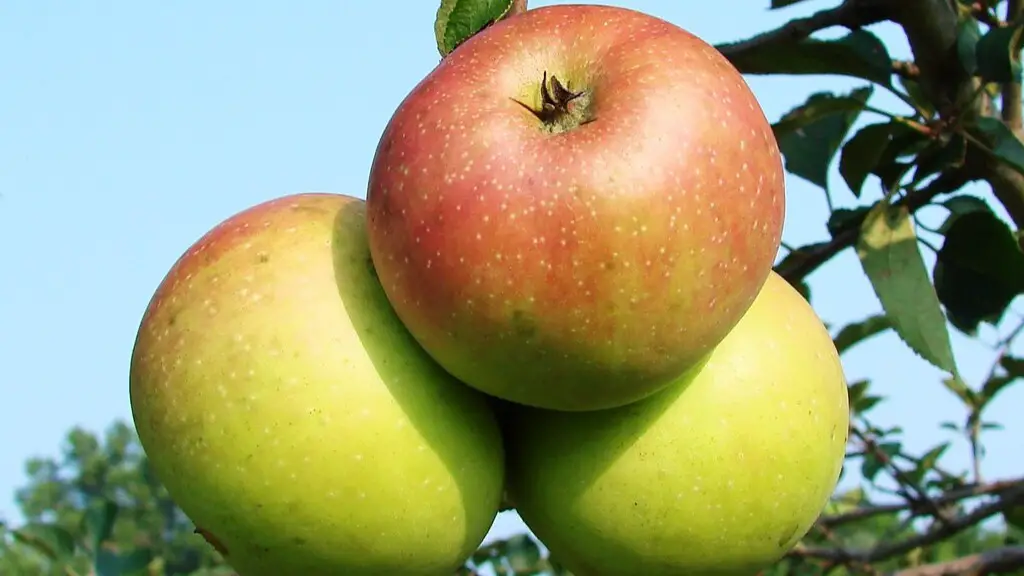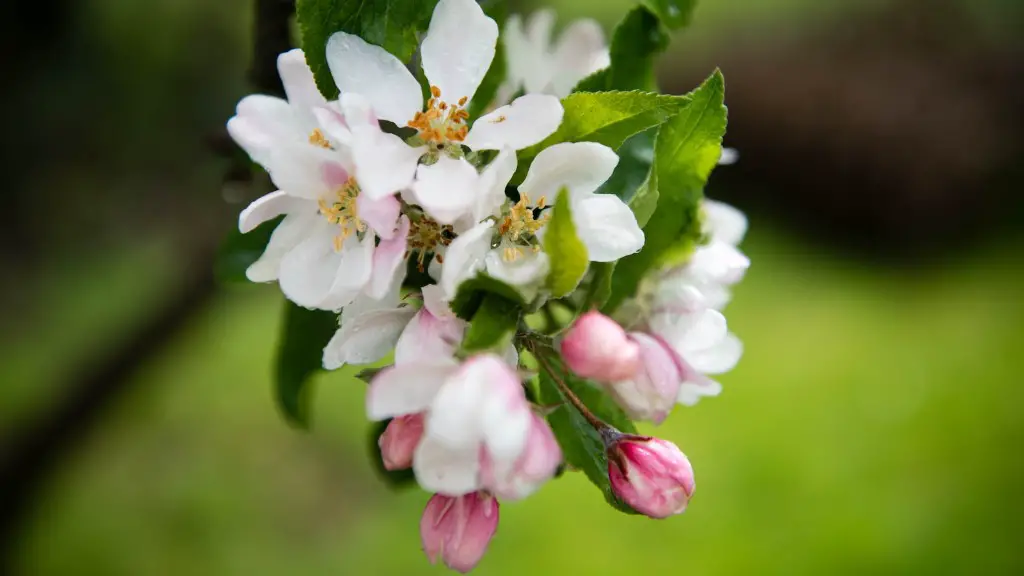When considering whether to move an apple tree, it is important to be aware of the many aspects that need to be taken into account. Firstly, the size and age of the apple tree must be considered. If the tree is large and mature, the likelihood of successful transplantation is much lower than if it is smaller and younger.Secondly, the availability of soil suitable for the apple tree must be assessed. The soil should be rich in organic matter and provide adequate drainage. Thirdly, the local climate should also be taken into account. Apple trees are best suited to temperate climates, so it is important to ensure the new location will suit the tree’s needs. Fourthly, the level of both direct sunlight and shade should be considered. It is important to ensure the tree receives enough light, but too much may be detrimental.Fifthly, the watering requirements of the apple tree should also be taken into account. Apple trees need regular watering, but overwatering can be just as harmful as underwatering. Lastly, the resources available to assist in the transplantation process should be evaluated. If manpower and equipment are limited, it may be difficult to move the tree successfully.
Mature Apple Trees
When moving mature apple trees, it is important to understand the risks associated with transplantation. The older and larger the tree is, the more likely it is to suffer from transplant shock, which can cause significant root damage and reduce the tree’s chances of survival. In addition, due to the greater root zone size, it will be more difficult to successfully reposition the tree in the new location. Mature apple trees should only be moved if absolutely necessary and when doing so, extra care should be taken to mitigate the risks.
Young Apple Trees
By comparison, young apple trees are more likely to experience successful transplantation if the other considerations are taken into account. In these cases, a good starting point would be to select an appropriate location and soil that meets the needs of the apple tree. Then, it is important to confirm the level of both sunlight and shade provided by the new site. Additionally, the availability of water should also be assessed and resources for the transplantation process should be lined up. Once these steps are taken, the young apple tree can be carefully moved to the new location without putting it at too much risk.
Root System
When moving an apple tree, the root system is of utmost importance. It is essential to maintain as much of the root system as possible, as the tree relies on it for nutrition and water absorption. If the root system is disturbed or damaged during the transplantation process, the chances of survival for the apple tree are much reduced. Care should therefore be taken to minimise any damage to the root system during the repositioning of the tree.
Transplant Shock
Transplant shock is another consideration when moving an apple tree. If a tree is not moved correctly, it can experience shock and the effects can be devastating. There are several factors that can contribute to shock including too much or too little water, direct sunlight and high winds. Measures must therefore be taken to ensure the apple tree is kept safe and secure during transplantation and afterwards in the new location if it is to survive and thrive.
Time of Year
The time of year the apple tree is moved is also an essential factor to be aware of. Aiming to move the tree outside of its normal dormancy period, such as summer or early autumn, will avoid the tree entering dormancy while in a vulnerable state. Additionally, in temperate regions, the tree should be moved before the ice arrives in late autumn/early winter. This will reduce the risk of any damage to the tree.
Root Wrapping
Where possible, root wrapping is also recommended when moving an apple tree. This involves wrapping the exposed roots in moist cloth or newspaper for additional protection. Doing so will help to retain moisture and minimise the risk of root loss or breakage during the repositioning process.
Pruning
Finally, some pruning of the apple tree should also be considered before its relocation. Pruning will help to reduce the stress of transplantation by reducing the tree’s size and shape. Pruning should only be done when absolutely necessary and following the advice of a tree expert.
New Location
When selecting a new location for an apple tree, it is important to bear in mind its requirements for sunlight, shade, soil and moisture. In addition, the size and shape of the proposed new site must be assessed; it should be large enough to accommodate the root system of the apple tree and the soil should meet its needs. Additionally, the location should be away from any high winds and the surrounding area should be free from any signs of pests or diseases that may affect the apple tree.
Accessibility
It is also important to ensure that the new location is suitable and accessible for the transplantation process. This includes confirming that all necessary resources, such as materials and equipment, are available as well as confirming that the entrance and exit routes are suitable for large machinery and safe for workers to access. Once these steps are taken, the area can be prepared for the tree’s arrival.
Preparation
Once the new location has been selected, the area needs to be prepared for the apple tree’s arrival. Depending on the chosen location, the ground may need further preparation such as cultivation or soil enrichment. Additionally, it is important to ensure that the new site provides enough moisture and shelter for the tree after its transplantation. These points must be taken into account to maximise the chances of successful transplantation.
Planting
When it comes to the actual planting of the apple tree, several key factors should be borne in mind. Firstly, the size of the hole should not be too small, otherwise limitations may be placed on the development of the root system. Then, the tree must be replanted to the same depth it was previously. Finally, it should be watered regularly and protected from the elements, both during and after the transplantation process.


